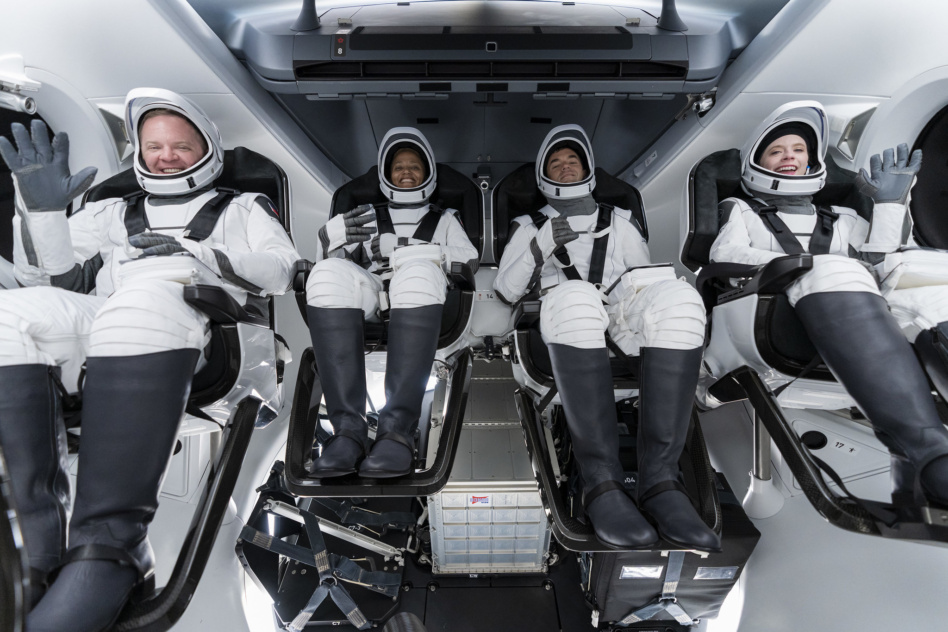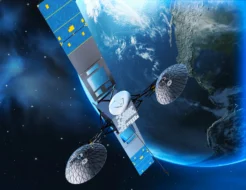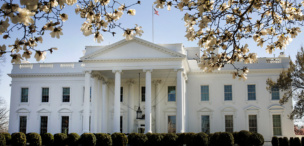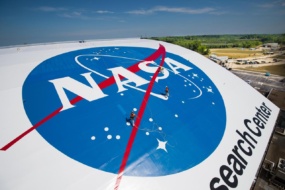Attempts to plan a privately-backed mission to service the Hubble Space Telescope appear to have led to an impasse between NASA, SpaceX, and Jared Isaacman, the billionaire who proposed the idea.
A big idea: In 2022, Isaacman, who flew on and financed the first private crew Dragon mission, announced three more missions with SpaceX under the Polaris mission umbrella (no relation to our own Polaris brand). He suggested that one could involve raising the Hubble’s orbit on his own dime, thus extending its useful life as an observatory. NASA undertook a six-month study of the project.
Initial discussions focused on the orbit raise, but progressed to include a modular hardware upgrade that could improve the telescope’s pointing ability.
The challenges were straightforward: The Dragon didn’t have a grappling capability and hadn’t rendezvoused with an uncooperative object. There was also the question of whether astronauts were required, or if a robotic spacecraft could do the job—an idea proposed by the companies Momentus and Astroscale.
Where’d it go? After 18 months of silence, NPR this week published internal NASA emails discussing the project, which appear to have foundered on concerns over SpaceX’s technical readiness.
NASA officials were concerned about the risks of a complex EVA with unproven spacesuits and astronauts. Isaacman and two SpaceX engineers were expected to demo the space suits in an EVA in 2023, but that mission was delayed until this year.
John Grunsfeld, a former astronaut who participated in previous Hubble servicing missions, reviewed the Polaris proposal and argued that NASA should take more time to plan and control the mission. Scientists believe the observatory will begin to lose functionality in the 2030s.
“Perhaps the opportunity with Polaris won’t be there, but NASA can work with Congress and the Administration to request funds for a Hubble reboost or enhancement mission, using a commercial partner where NASA is in the drivers [sic] seat, and the maturity of the space systems is higher and lower risk,” Grunsfeld wrote in one of the internal emails.
Bad blood: NASA’s lower appetite for risk compared to SpaceX is nothing new, but this isn’t just a culture clash: SpaceX’s technology for EVAs still hasn’t been demonstrated. Isaacman sees more than caution at play, suggesting egos are the key obstacle to a timely Hubble servicing mission.
“Up until now, there’s only been, you know, one group that would ever touch Hubble,” Isaacman said during a podcast appearance earlier this year. “I think a lot would say, ‘I’d rather it burn up’ than, you know, go down a slippery slope of, you know, the space community growing.”




